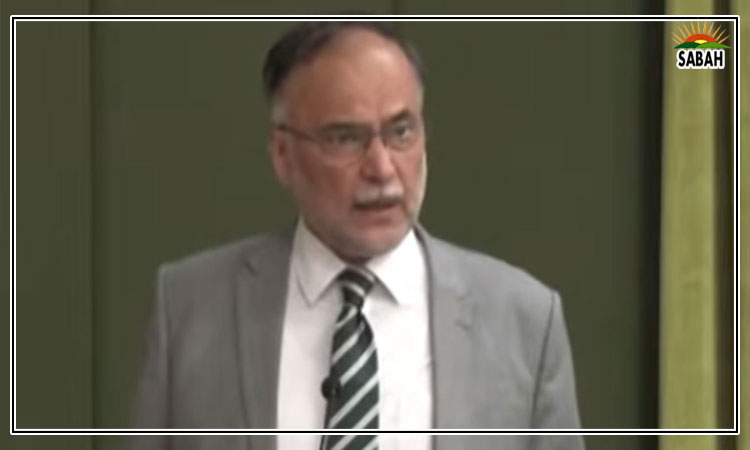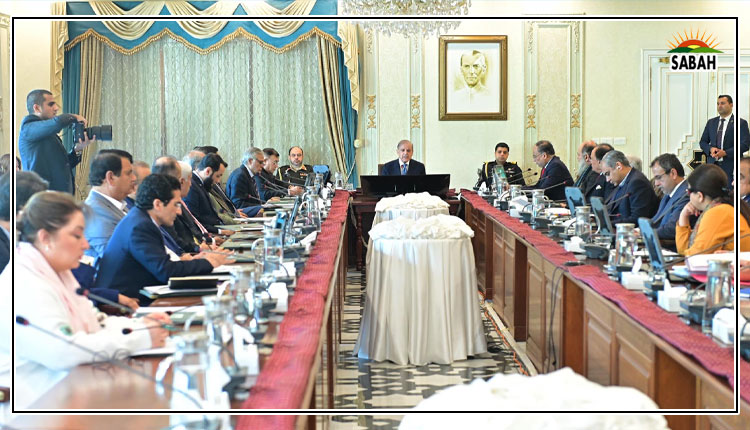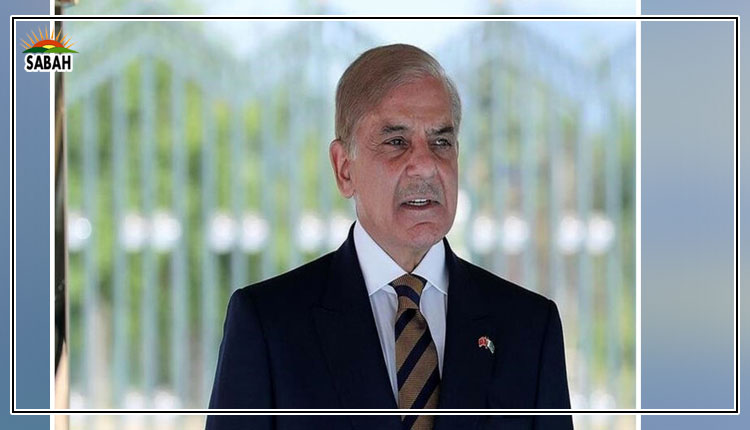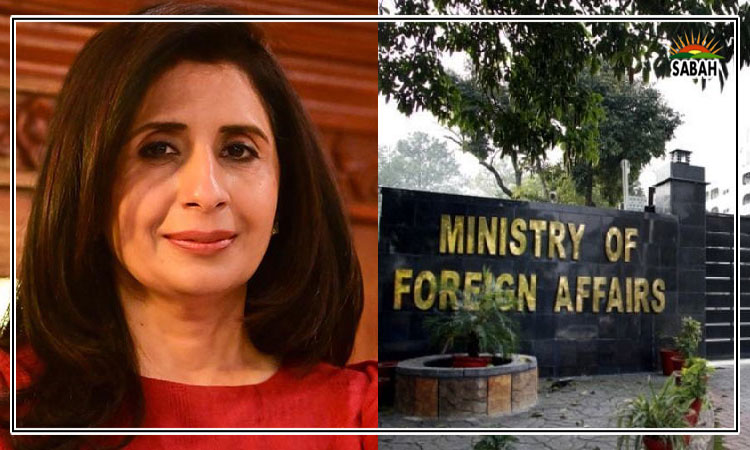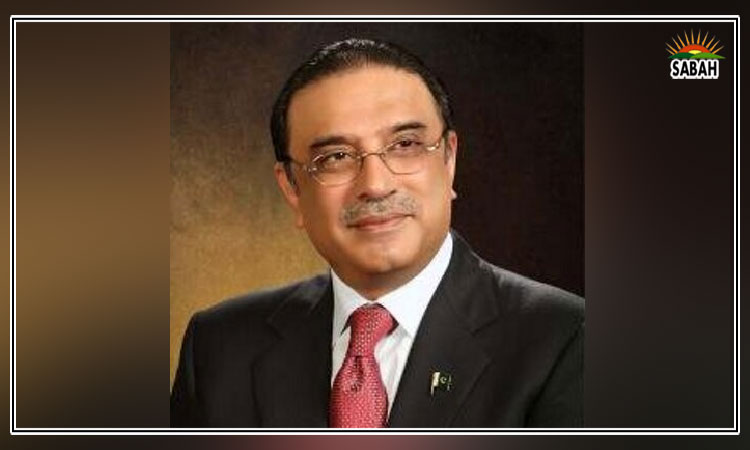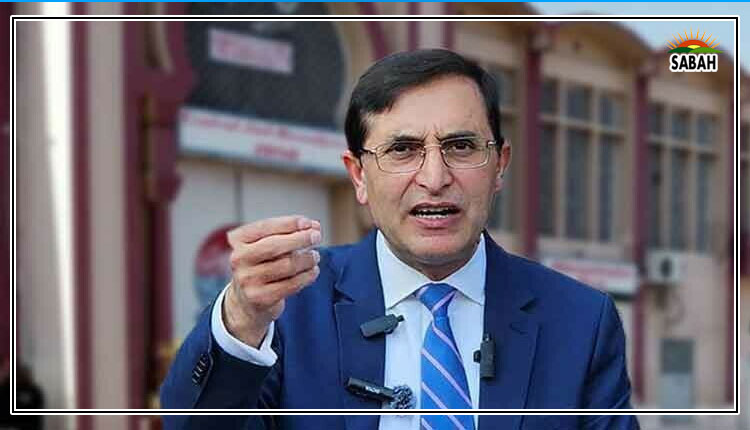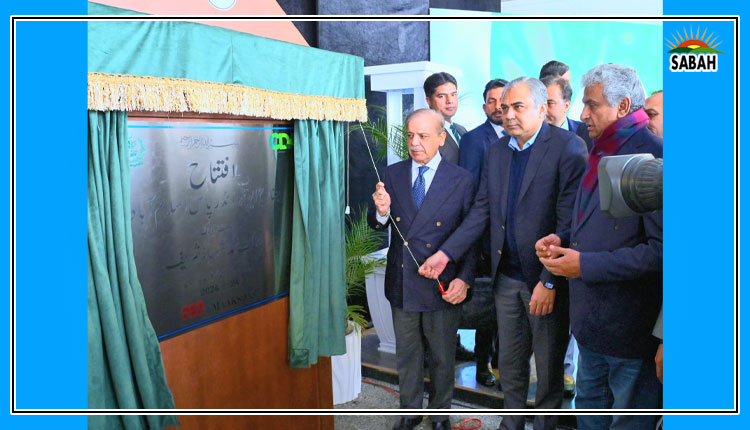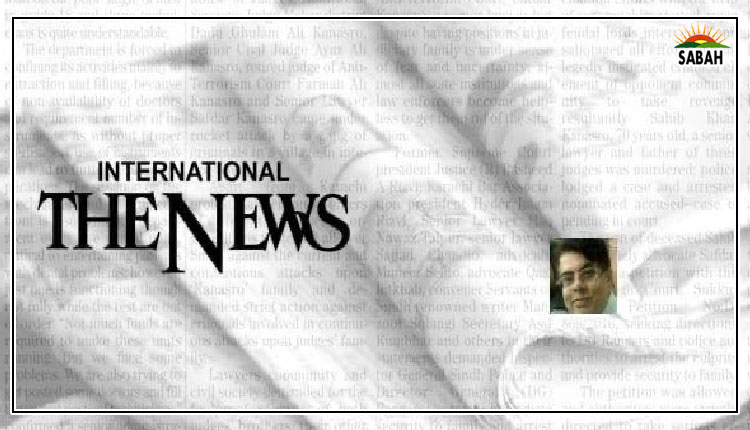Battle for southern Punjab…Khalid Bhatti
There are more than 48 national and 100 provincial assembly seats in the three divisions of southern Punjab. The overwhelming majority of seats in Multan, Bahawalpur and DG Khan divisions is rural and dominated by feudal lords, tribal chiefs, big traders, petty capitalists and gaddi nasheens (hereditary custodians holding sway over shrines).
Money, social influence and family connections also contribute to the success of a candidate. The block votes of clans, tribes and sects also play a key role in the elections. There are not more than 10 urban or semi-urban National Assembly and 26 provincial assembly constituencies in the region.
Three factors play a crucial role in the outcome of the elections in this feudal and tribal dominated region. One is the popular support of a political party. The political popularity of a leader significantly contributes to the victory of a candidate. The second is the electables belonging to traditional political families. The combination of popular support and personal vote bank of a candidate works well in this region. The third is the support of powerful quarters. Electables prefer a political party blessed with the support of the real powers in the country. These three factors make a winning combination.
This combination of factors played well for the PTI in 2018 and for the PML-N in 2013. In 2008, the PPP emerged as the leading party after the assassination of Shaheed Benazir Bhutto. How the political fortunes of a political party get a boost from the inclusion of electables and blessings of the powers-that-be can be judged from the election results of 2018, 2013 and 2008. The party which loses support of the electables and powerful quarters performs poorly.
In 2018, the PTI won 27 out of the 48 seats of the National Assembly, while the PML-N won 12, PPP 05 and independents 05 seats. The PML-N was the dominant political force in the region in the 2013 elections, winning 29 out of 48 seats. Independents performed much better and won 13 seats. It is pertinent to mention here that in the 2013 elections both the PTI and PPP won just two seats each. In 2008, the PPP won 24 seats and emerged as the leading party in the region; the PML-Q won 12 and PML-N 11 seats.
A three-way close contest was expected in the 2023 elections between the PTI, PML-N and PPP. The PTI was expecting to perform better in the coming elections holding electables and a popular support base. The only missing factor was the blessing of the power structures. Despite this missing link, the PTI was expecting to win a reasonable number of constituencies.
But the May 9 events have changed the dynamics of electoral politics in the region. The political future of both Imran Khan and the PTI is uncertain. Many electables have already ditched the party and are now weighing their options for the next general elections. More electables are likely to leave the party in the coming days.
The exodus from the PTI as a consequence of the May 9 events has created a political vacuum in southern Punjab. The major political players are trying to take advantage of the situation. The PPP is concentrating hard on southern Punjab to regain lost support, and has jumped in to embrace the maximum number of electables as soon as the opportunity arises. This region used to be a PPP stronghold and the party used to enjoy solid support among the middle class, poor peasants and workers. But it has lost a significant vote bank since the 2008 elections. In 2013 and 2018, the party leadership faced a tough time attracting electables, many of whom switched their political loyalty to the PTI.
As the pressure is mounting on the PTI, many electables are now looking for alternatives and in this the PPP is hoping to make a comeback. Already, 24 PTI leaders from southern Punjab have joined the PPP after a meeting with former president and co-chairman PPP Asif Ali Zardari in Bilawal House Lahore. At least 10 are from Muzaffargarh.
The PPP is concentrating on southern Punjab to regain lost ground. Many PTI ticket holders have returned their party tickets to join the PPP which is expecting to perform better in Multan, Muzaffargarh and Rahim Yar Khan. All these are not winning candidates but have influence in their constituencies. They can bag more votes for the party in these constituencies.
More PTI leaders from Multan, Khanewal and other districts are likely to join the PPP in coming days. Senior PPP leader and former Prime Minister Yousaf Raza Gilani has claimed that many former PTI lawmakers are in contact and want to join the party.
Another important political player in the region is former secretary general of PTI and business tycoon Jahangir Tareen. He is in the process of forming a new political party. He has the managerial skills, financial resources and blessings of the real powers. But he lacks personal charisma and a popular vote bank. He can emerge as a real king maker if he can manage to win 20-25 National Assembly seats.
There is a tough battle going on between the PPP and the Tareen group to win over the most number of politicians leaving the PTI from southern Punjab. The next elections are going to be an interesting tussle between the PML-N, the Tareen group and the PPP. All three will claim to have the blessings of the powers that be. The PML-N is cautiously watching the political developments in the region. The role of the Tareen group might become decisive in the final outcome of the next elections.
Courtesy The News



